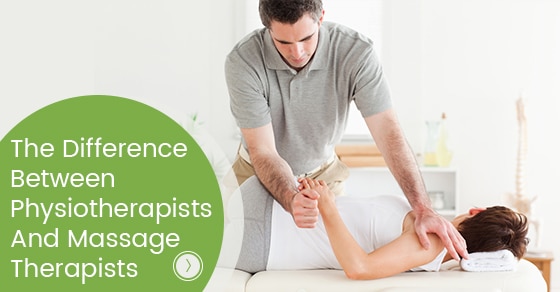
For many of us, sitting at a desk for eight or more hours a day has become the norm. Whether it’s answering emails, attending virtual meetings, or typing up reports, our bodies are paying the price for a sedentary lifestyle. Poor posture, back pain, tight visit the website shoulders, and weak core muscles are just some of the consequences of desk-bound routines. Fortunately, physiotherapy offers a path not only to correct posture but to reclaim a more active, pain-free life.
- The Hidden Cost of a Sedentary Lifestyle
Sitting for long periods, especially with poor ergonomics, can cause significant strain on your spine, neck, and shoulders. Over time, this leads to muscle imbalances, decreased flexibility, and even changes in the natural curve of your spine. You might notice rounded shoulders, a forward head posture, or a persistent ache in your lower back. These issues don’t go away on their own—they often get worse unless actively addressed. - Postural Assessment: Identifying the root Issues
One of the first steps a physiotherapist will take is a detailed posture and movement assessment. They’ll evaluate how you sit, stand, walk, and move throughout the day. This helps them pinpoint where your posture is breaking down and which muscles are tight, weak, or overcompensating. Understanding these root causes is key to designing a personalized treatment plan that targets your specific needs. - Corrective Exercises to Realign Your body
Once the issues are identified, physiotherapists introduce targeted exercises to activate weak muscles and stretch the tight ones. For example, strengthening the deep core and upper back muscles while releasing tension in the chest and hip flexors can significantly improve alignment. These exercises are simple yet powerful, and when done consistently, they gradually reshape your posture and improve your overall body mechanics. - Ergonomic Advice for your Workstation
Your physiotherapy journey doesn’t stop at the clinic—it extends to your everyday environment. Physiotherapists offer practical ergonomic advice to improve your desk setup, such as adjusting chair height, monitor position, or keyboard placement. They also recommend micro-breaks and mobility exercises you can do at work to prevent stiffness and maintain better posture throughout the day. - Manual Therapy for Instant Relief and Long-Term Gains
In addition to exercises and ergonomics, hands-on treatments like manual therapy, joint mobilization, and soft tissue release can provide immediate relief from tension and discomfort. These techniques help restore mobility, reduce pain, and prepare your body to move more freely. Combined with corrective exercise, manual therapy accelerates your progress and helps maintain the gains you make. - From Desk-Bound to Dynamic: A Lifestyle Shift
The real beauty of physiotherapy is that it doesn’t just treat symptoms—it encourages a lifestyle transformation. As your posture improves and pain decreases, many people feel more energized and confident to take up activities they had once avoided, like yoga, hiking, or even running. Physiotherapy empowers you to move better, feel better, and embrace a more active, fulfilling life—one where your desk job doesn’t define your health.
Need this turned into a newsletter, infographic, or a short reel script for Instagram? Let me know—happy to help!
